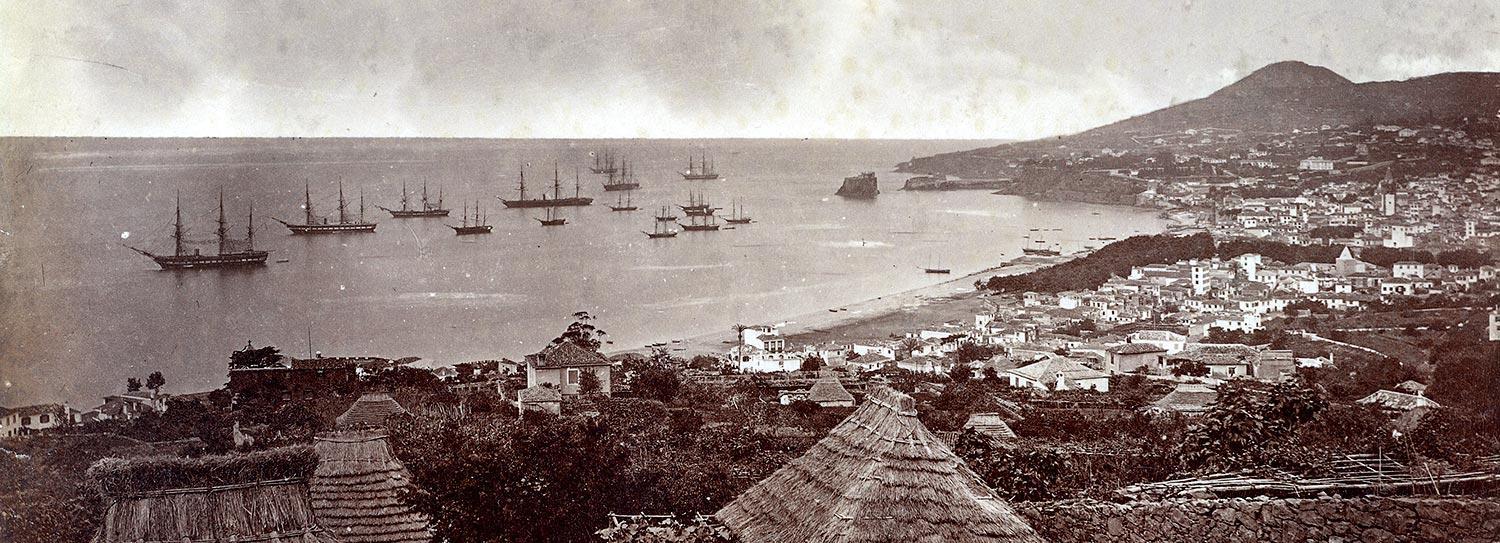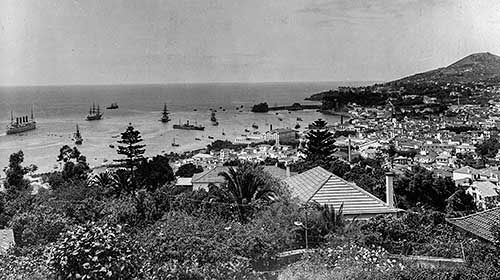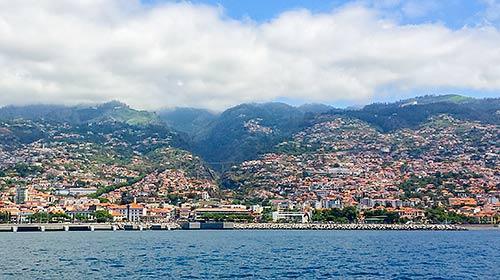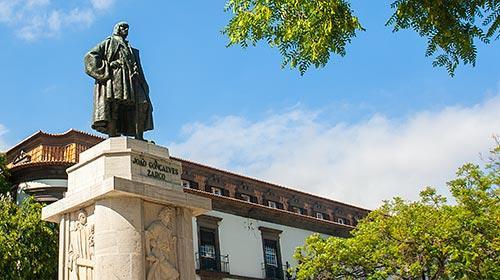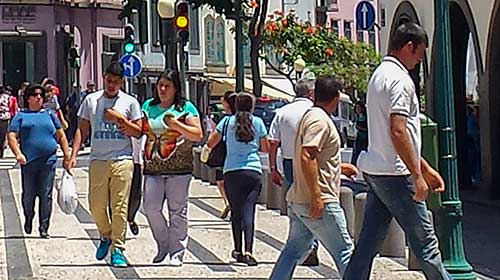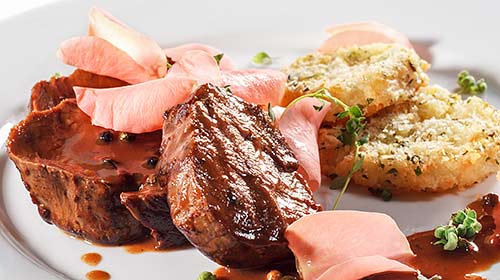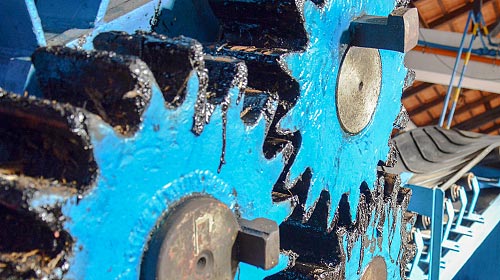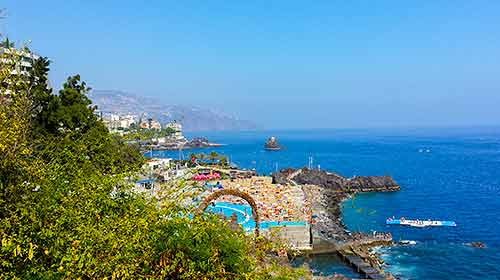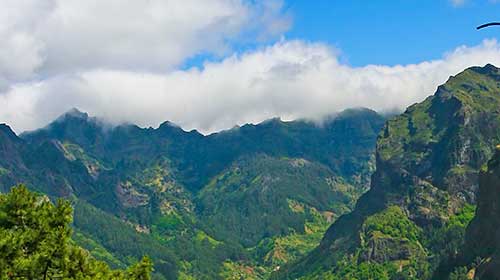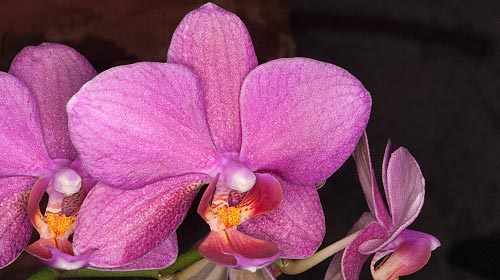When the Infante Dom Henrique, better known in English as Prince Henry the Navigator, gathered together the finest cartographers and navigators of Portugal at the beginning of the 15th century, his plan was to extend the knowledge of the coast of West Africa. Armed only with square-rigged ships, compass, hourglass and astrolabe, the initial sea captains were severely handicapped in their endeavours. But in the course of their ventures, the finest hour of Portuguese maritime history, luck brought greater riches than the purities of science and logic.
Three young sea captains, João Gonçalves Zarco, Tristão Vaz Teixeira and Bartolomeu Perestrelo, were blown off course on their journey around the African coast, and after many days at sea found land on a small island that they named Porto Santo - the very first of the many discoveries made by Henry's school of navigation. On reporting to Henry they were promptly ordered to return and colonise the island. The year was 1418.
Seductive as are the charms of the golden sands of Porto Santo, it seems somewhat incredible today that it took a further year (1419) before the next discovery was made – Madeira island. The captains had reported a dark mass of clouds visible on the southern horizon. They were then encouraged to explore this foreboding mass. As theories to whether the world was flat had yet to be completely disproved, it took an enormous leap of faith to cross the traverse.
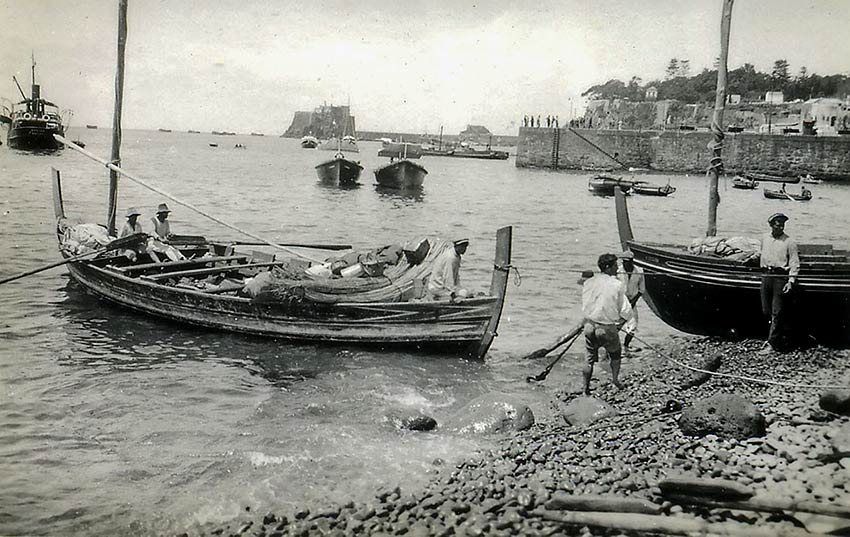
As they approached, the huge Atlantic rollers breaking along the north coast and the boiling turbulence of the cross currents at Ponta de São Lourenço cannot have eased the concern of the superstitious sailors. But on rounding the headland they discovered the bay of Machico, the threshold to the heavily forested island that they named Madeira. King John I of Portugal ordered the colonisation of the island, around 1425, with the first families coming from the Algarve region and then from the northern region of the mainland.
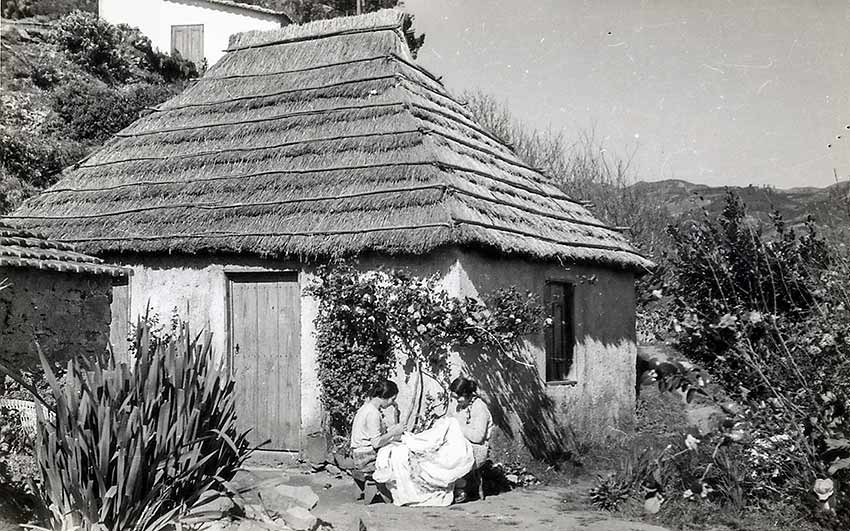
Fifteen years later, in 1440, the system of captaincy was established, dividing the archipelago into three captaincies: Machico was given to Tristão Vaz Teixeira, Bartolomeu Perestrelo was nominated as captain-donee of Porto Santo, and Gonçalves Zarco became captain-donee of Funchal.
So as to create the minimum conditions to settle and develop agriculture, a part of the dense laurel forest had to be deforested and a large number of water channels (levadas) were built, as the northern part of the island had excess water while it was scarce in the south. Fish, fruit and vegetables were the main livelihoods of the first inhabitants.
The crops that became very important for the island in economic terms, such as sugar cane, were then introduced. Sugar turned Funchal into a mandatory crossing point for European trade routes. In the seventeenth century a new crop emerged, boosting Madeira's economy once again: wine.
Over time, Madeira took advantage of its potential, namely the tourism sector, and developed it. Nowadays, it plays an essential role in the regional economy, as the island is very popular among tourists from all over the world.
Today the statue of Zarco looks down on the descendants of the first colonisers as they turn the corner in front of the Bank of Portugal building in downtown Funchal. As the Portuguese overseas possessions have shrunk, so the relative significance of this first great discovery has gained in importance. To find a needle in a haystack can be trying, but to find Porto Santo in an Atlantic storm was a lucky prize indeed.


 English
English  Português
Português  Deutsch
Deutsch  Español
Español 